Glossary of Property Management Terms

Addendum:
A change or additional material, typically omissions added to the end of a contract. Examples include a Pet Addendum or Addendum to Add a Roommate added to a lease agreement.
Affordable Housing:
Generally refers to housing in which the occupant is paying no more than 30 percent of gross income for housing costs, including utilities.
Amenities:
Desirable or useful features of a rental property that enhance the appeal and/or value of the rental property.
Base Rent:
A set amount used as a minimum rent in a lease with provisions for increasing the rent over the term of the lease.
Broker:
A licensed real estate professional who purchases and sells property for others in exchange for a commission.
Common Area:
Refers to areas or amenities which are provided for the common use of more than one person. Examples include laundry facilities or bike storage in an apartment building.
Co-Signer:
A third party on a lease who assumes the financial responsibilities of renting a property even though they are not a tenant.
Default:
Failure to perform a legal or contractual duty under a commercial lease, such as not paying rent when due, or the breach of other aspects of the lease agreement.
Double Net Lease:
Part in rental agreement whereby the tenant agrees to cover the costs of two of the three primary rental property expenses: taxes, utilities, or insurance premiums. Also known as a net-net lease, these are most commonly found among commercial tenants.
Duplex: Multi-family housing that has two units in one building . Units can be side-by-side or stacked on top of each other and have two separate entrances for each unit.
Equal Housing Opportunity:
Refers to the idea that all persons should be granted equal opportunities to live in various housing communities regardless of race, gender, age, nationality, familial status or disability.
Fair Housing Act:
Protects people from discrimination when they are renting or buying a home, getting a mortgage, seeking housing assistance, or engaging in other housing-related activities. This act prohibits discrimination in housing because of race, national origin, religion, sex, familial status, or disability.
Gross Lease:
A lease in which the tenant pays a flat sum for rent out of which the landlord must pay all expenses such as taxes, insurance, maintenance, utilities, etc.
Hold Over Tenant:
A tenant retaining possession of the rental property after the expiration of a lease.
Housing Assistance Payments (HAP) Contract:
A contract to provide housing assistance under the Section 8 Voucher Program.
Lead-Based Paint Disclosure:
Federal law that requires property managers provide tenants renting homes/apartments built before 1978 an EPA booklet and that the lease include a disclosure form that informs tenants of any lead-based paint and/or lead-based paint hazard in the home.
Lease Agreement:
A formal, legal contract by which a property manager provides the tenant with the right of exclusive possession of a home for a specified time, usually in return for a periodic payment.
Lease Option:
An agreement that gives a tenant a choice to purchase a rental property during or at the end of the rental period. Additionally, it precludes the property owner from offering the property for sale to anyone else.
Lease Term:
The agreed upon period of time between the property manager and tenant in which the tenant will occupy the rental property.
Leasing Agent:
A professional who shows potential renters an available rental property.
Lessee:
A tenant who has agreed to the terms of a rental agreement for a property; a person who holds the lease of a property; a tenant.
Lessor:
A property manager who has agreed to the terms of a rental agreement for a property; a person who leases or lets a property to another; a landlord.
Market Rate:
The current rate of the real estate market. When demand goes up for rental properties, rental rates increase; when demand falls for rental properties, the market rates tend to fall.
Market Study:
A forecast of future demand for a specific type of real estate project or property which includes an estimate of the rents that can be charged.
Mixed-Use:
Space within a building providing more than one use, for example an apartment building with office or retail space.
Modified Gross Lease:
A type of rental agreement where the tenant pays base rent at start of the lease, but takes on a proportional share of some of the other costs associated with the property as well, such as property taxes, utilities, and maintenance.
Net Lease:
A lease with a provision for the tenant to pay other costs associated with the operation of the property in addition to rent.
Normal Wear and Tear:
The deterioration or loss in value of a rental property caused by the tenant's reasonable and normal use.
Operation Expenses:
Actual costs associated with operating a property including maintenance, repairs, management, utilities, taxes, and insurance.
Renewal Option:
A clause giving tenant the right to extend the term of a lease, usually for a stated period of time and at a rent amount as provided for in the option language.
Rent Schedule:
A document proposing the rental rates, created by the property manager, property owner, or both.
Security Deposit:
A deposit of money by a tenant to a property manager to secure performance of a lease.
Single Family House (SFH):
A place of residence designed for one family to live in.
Tenant Damages:
Damages to a rental property that occur during tenancy that are considered outside of normal wear and tear.
Tenant Improvements:
Improvements made to the rental property by or for a tenant. Typically
part of the negotiations include some detail of improvements to be made in the rental property by the property manager.
Triple Net (NNN) Lease:
A lease in which the tenant pays, in addition to rent, certain costs associated with a leased property, which may include property taxes, insurance premiums, repairs, utilities, and maintenances.
Townhouse:
A row of houses that are joined together by sidewalls.
Vacancy Rate:
Expressed as a percentage, the total amount of available space (i.e. unoccupied rental units) compared to the total inventory of space (i.e. all rental units).


